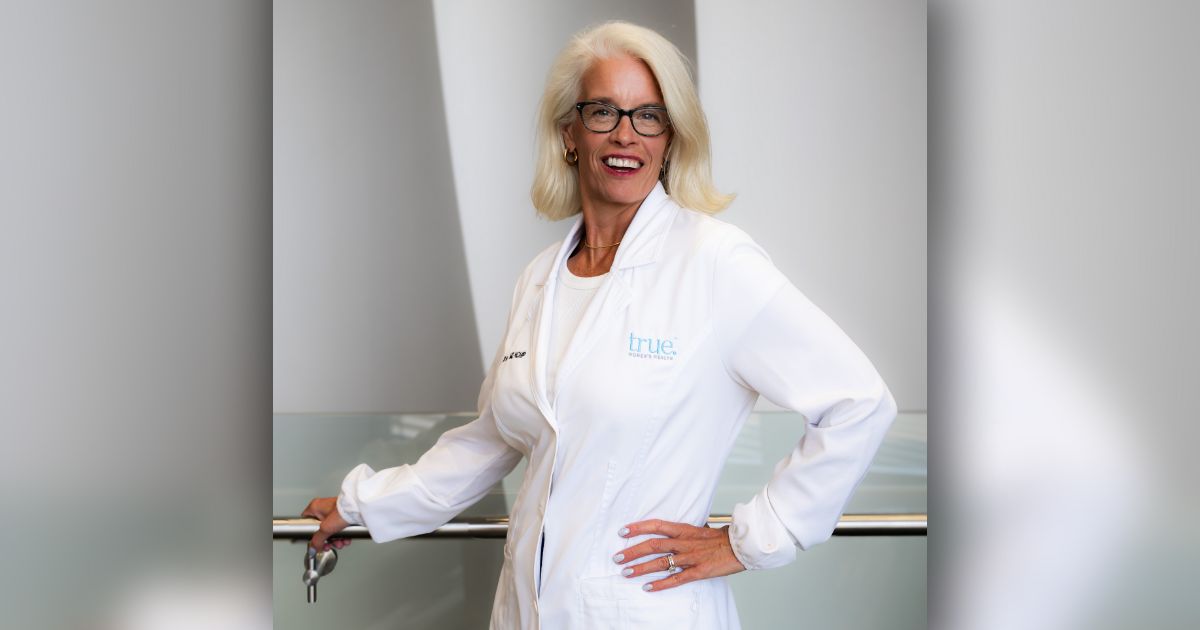Did you know? Every year, approximately 800,000 people in the U.S. have a stroke, however, as many as 80% may be preventable with healthy lifestyle changes and screening for risk factors.
Seeing as May is American Stroke Month, the American Stroke Association (a division of the American Heart Association) is raising awareness nationwide that stroke is largely preventable, treatable and beatable.
We caught up with Muhammad Umar Farooq, MD, FAHA, FACP, Medical Director of the stroke program at Mercy Health Hauenstein Neuroscience, to learn what essential information there is to know about stroke.
1. Some stroke symptoms present differently in women.
"Core stroke symptoms—sudden facial drooping, arm weakness, speech difficulty—affect both men and women. However, women may more often experience atypical symptoms such as sudden generalized weakness, shortness of breath, chest pain, disorientation, or loss of consciousness, which can delay recognition and treatment," Dr. Farooq said, noting some surprising or less obvious stroke symptoms women should be aware of. "Women should watch for: sudden severe headache with no known cause; nausea or vomiting; hiccups; seizures; and sudden behavioral or personality change."
Some traditional symptoms that present in both men and women include:
- Sudden numbness or weakness, especially on one side of the body.
- Sudden confusion, trouble speaking or understanding.
- Sudden vision trouble in one or both eyes.
- Sudden difficulty walking, dizziness, or loss of balance.
- Sudden severe headache with no known cause.
It's important to also avoid stroke myths, as Dr. Farooq shared the most common misconceptions he sees:
MYTH: Stroke only affects the elderly.
FACT: Stroke risk rises with age, but younger adults (even under 50) can and do experience strokes, often tied to lifestyle or genetic factors.
MYTH: If symptoms go away, it's nothing.
FACT: Transient ischemic attacks (TIAs) are critical warning signs; up to 1 in 5 people will have a major stroke within 90 days if untreated.
MYTH: There's nothing you can do once a stroke starts.
FACT: Fast, evidence-based treatments can reverse or reduce disability if patients get to the right care quickly.
2. Acting fast could save a life.
Dr. Farooq emphasized the importance of acting fast in the event of a stroke.
"Time is brain. Every single second counts," Dr. Farooq said. "During an untreated large-vessel ischemic stroke, approximately 1.9 million neurons are lost every minute. Rapid treatment can drastically reduce disability, improve recovery, and even save lives. The highest chance for recovery comes when treatment—like intravenous thrombolysis (TNK)—is administered within 4.5 hours from symptom onset, or when mechanical thrombectomy is performed within 24 hours for eligible patients."
Recognizing symptoms of stroke is critical. If you or someone you know suspect they're having a stroke, Dr. Farooq says to call 911 immediately.
"Emergency services can activate a stroke code, ensuring rapid transport to a certified stroke center where brain imaging and treatment can begin right away," he said. "Do not wait to see if symptoms resolve or try to drive the person yourself—even if symptoms seem mild or go away, urgent evaluation is needed because 'mini-strokes' (TIAs) can predict major strokes."
3. Women face unique risk factors.
Dr. Farooq noted a number of risk factors women face when it comes to stroke:
- Pregnancy and postpartum period: "Increased clotting tendency and hypertensive disorders (like preeclampsia or eclampsia) heighten stroke risk."
- Oral contraceptives: "Especially when combined with smoking or migraine with aura, they significantly increase ischemic stroke risk."
- Hormone replacement therapy (HRT): "Once widely used for menopausal symptoms, HRT has been shown to increase stroke risk and is no longer recommended solely for chronic disease prevention."
Based on AHA/ASA's Life's Essential 8 framework, Dr. Farooq also shared the top three things a woman can do today to lower her stroke risk:
- Control blood pressure: Hypertension is the leading modifiable stroke risk factor—regular monitoring and treatment are essential.
- Adopt a heart-healthy lifestyle: Eat a Mediterranean-style diet, engage in regular aerobic exercise, maintain a healthy weight, and avoid tobacco.
- Manage underlying conditions: Control diabetes, cholesterol, sleep apnea, atrial fibrillation, and carefully weigh hormonal therapy risks in consultation with a physician.
4. Modern stroke care has evolved dramatically.
Dr. Farooq noted stroke care has advanced in a number of ways, including through expanded treatment windows.
"Recent trials (like DAWN and DEFUSE-3) have extended thrombectomy eligibility up to 24 hours in select patients, guided by advanced imaging," Dr. Farooq said. "Also, approximately 25% of strokes are 'wake-up strokes,' and using MRI, we can now screen these patients for eligibility for IV thrombolytic therapy (TNK)."
AI imaging and tools have also come a long way.
"CT perfusion and MRI help identify patients who can benefit even if they present late; AI software assists radiologists and stroke teams in detecting clots rapidly."
Improved prevention and telemedicine are also worth noting.
"Stronger evidence supports aggressive risk factor management, the use of direct oral anticoagulants (DOACs) for atrial fibrillation, and emerging lipid-lowering therapies like PCSK9 inhibitors. Better hypertension and diabetes management protocols are reducing recurrence risk," Dr. Farooq shared. "Telestroke programs also connect rural and underserved hospitals to stroke specialists, improving access to expert care in time-critical situations."
He also noted that brain-computer interfaces, robotics, vagus nerve stimulation, and virtual reality are improving motor and cognitive rehabilitation for post-stroke recovery.
5. Stroke prevention and treatment are no longer "one-size-fits-all."
"We must recognize sex-specific risk factors, racial and socioeconomic disparities, and the importance of community education," Dr. Farooq shared. "Public campaigns like the AHA/ASA's BEFAST (Balance, Eyes, Face, Arm, Speech, Time) remain powerful tools, but newer initiatives are expanding to address subtler and nontraditional symptoms, particularly in women. Importantly, remember: 80% of strokes are preventable."
Regular check-ups and a healthy lifestyle can significantly reduce stroke risk. Additional prevention tips from Dr. Farooq:
- Monitor and manage blood pressure.
- Maintain a healthy weight/
- Control cholesterol and blood sugar levels.
- Engage in regular physical activity.
- Eat a balanced, heart-healthy diet.
- Avoid smoking and limit alcohol consumption.
Learn more by visiting the American Stroke Association.
Written by Sarah Suydam, Managing Editor for West Michigan Woman.




